Süheyl Ünver, a 2016 Presidential Culture and Art Awards Grand Prize winner, is a figure that set the foundations of history of modern Turkish medicine that possessed more than a single virtue as a physician, artist, calligrapher and illumination artist.
Contributor: Ayşe Nur Azca
The latest winners of the Presidential Culture and Art Grand Awards were determined in recent days. Distinguished Professor Dr. Ahmet Süheyl Ünver, one of the esteemed names President Recep Tayyip Erdoğan deemed worthy of the award upon suggestion by the Evaluation Board, is described as follows: “Süheyl Ünver who produced works of art holding on to survival of Turkish culture in this fertile lands with an unbreakable faith and perseverance, who successfully combined the zest of Sufism with ‘sensibility at mind, heart and delight’, and presented this integration to Turkish nation and the world by reflecting it in his erudite poetry, illuminations and watercolour paintings, works of art and science. A praise not every man receives…”
FOUNDER OF MODERN TURKISH MEDICINE
Süheyl Ünver, a cultural bridge so to speak between the ancient civilization Ottoman State and Republic of Turkey, was born on February 17th, 1898 as the son Mustafa Enver Bey from Trnovo, director of Istanbul Muhâberât-ı Umûmiyye (Public Communications) and Safiye Rukiye Hanım, daughter of Calligrapher Mehmed Şevki Effendi. Ünver started his studies in Menbaül Irfan Rüşdiyesi (Junior High School), and after graduating from Mercan High School, he started studying at the School of Medicine in 1915. Ünver began his career as an assistant at dermatology and internal medicine departments of Gureba and Haseki Hospitals. He worked Pitié Hospital in Paris between 1927-1929. His academic career began as an associate professor at Therapy and Pharmacodynamics Department founded by Prof. Dr. Akil Muhtar Özden.
With the university reform of 1933, he founded the Institute of History of Medicine at Faculty of Medicine in Istanbul University and began to teach there. Ünver received professorship title in 1939, and in 1954 he became a distinguished professor. As Süheyl Ünver continued his academic career at the faculty of medicine, he did not abandon fine arts he was deeply attached to. Between years 1936-1955, he worked as a lecturer at the Fine Arts Academy in field of Turkish Miniature. Ünver was a visiting professor in the United States in 1958-1959, and continued to chair the Department of History of Medicine and Deontology until 1967. He founded the second history of medicine and deontology department at Cerrahpaşa Faculty of Medicine. He participated in international conferences on history of medicine until his retirement. In addition to teaching, he also organised seminars on Turkish art of ornamentation in the meantime and introduced Turkish-Islamic art.
Süheyl Ünver, possessing more than a single virtue in one body, laid the foundations of history of Turkish medicine with his works. He studied biographies of famous Turkish physicians as Avicenna, Sabuncuoglu Serefeddin, Hadji Pasha, Hekimbaşı Sâlih b. Nasrullah Efendi and many more, and their contributions to medical science. Additionally he took close interest in medical institutions and wrote their short histories. While performing his duty at the Institute of Medical History, he published his research on Turkish-Islamic history in History of Turkish Medicine Archive journal.
PAINTING, CALLIGRAPHY AND ILLUMINATION
Being the grandson of a calligrapher, Süheyl Ünver took close interest in calligraphy, illumination and painting arts, maybe due to a trait inherited. Ünver who practiced traditional Ottoman arts with estimable masters of Medresetü’l-Hattâtî (Calligraphers’ Madrasah) period, learned illumination from Nuri Bey of Yeniköy, marbling from Necmeddin Okyay and calligraphy from his brother-in-law Hasan Riza Efendi. He became a disciple of Hodja Ali Riza Bey of Üsküdar because he took interest in the field of painting next to Turkish-Islamic arts. He also took watercolour and charcoal lessons from him. He attempted to illustrate every corner of Istanbul with watercolours and books he carried with him at all times.
Ünver who was a unique character, also consistently archived his research. He meticulously registered all information regarding Turkish art, history and his works in books. Süheyl Ünver described his fondness for archiving as follows: “My principle was this: When I heard something, I would gather evertyhing on Turkish culture, be it pictures or information. I never said this is of significance and this is not, and I did not want anyone to tell me that ‘this is not of significance’. The things we have lost due to this attitude.” This rare personality, Turkish medical science and culture owes a great deal to, passed away on February 14th, 1986 in Istanbul.
Süheyl Ünver is a Rarity
Calligrapher Assoc. Prof. Fatih Özkafa
I regret that I could not get closely acquainted with a personality like Süheyl Hodja because people like him are rare. Süheyl Ünver, apart from being a distinguished professor in the field of medicine, set an example for all of us both because of the close interest he took in Turkish culture, arts and history, and his work discipline. Every field he held research and made archives in, have attained permanent sources of reference. He made studies in the area of Turkish-Islamic arts which he took a close interest in, and raised students. With his love for learning, he fitted studies exceeding a lifetime into 88 years.


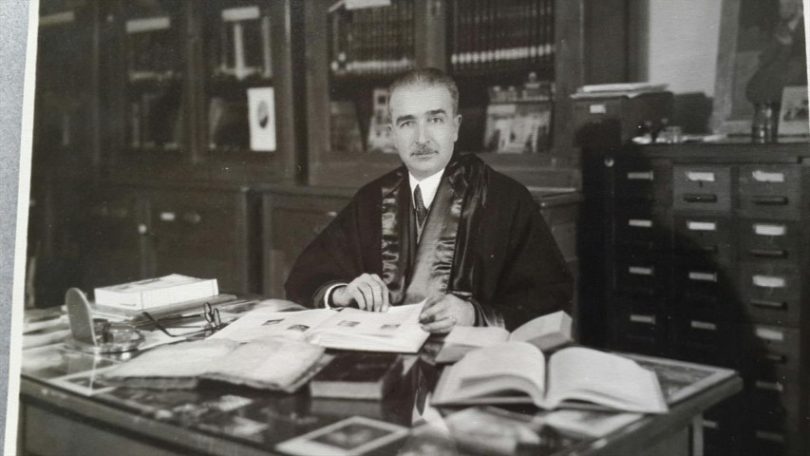
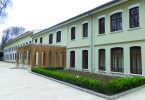
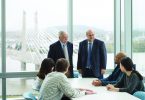

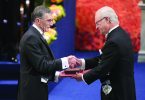
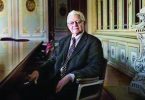

Leave a Comment